(September 15, 2023) Nestled amidst the breathtaking landscapes of Zanzibar, the Bweleo district is a paradise for both nature enthusiasts and academic aspirants. Located just 15 kilometers south of the bustling Zanzibar Town, this coastal gem is chosen by IIT Madras to establish its first international campus, promising world-class education. Come October, and the very first session for IIT-M Zanzibar will begin with 70 students under the guidance of its first-ever woman director Preeti Aghalayam. An alumna of IIT-M, she has scripted history as the first woman to lead an IIT. “For me, the fact that it is the first IIT campus abroad is more important than me being the first woman to head an IIT. It is not just about breaking the glass ceiling for me. It is more of ‘once an IITian, always an IITian’ for me,” Preeti said in an interview.
A significant step in the internationalisation of IIT-M, Zanzibar campus offers a four-year bachelor of science degree in data science and artificial intelligence, as well as a two-year master of technology degree in the same discipline. Setting up their first international campus is a proud moment for IIT-M, and the 49-year-old academician echoes the sentiment. “I am an alumnus of IIT Madras and doing something of this magnitude for the institute and the country is such a big honour.”

IIT Zanzibar
Curiosity alchemised into life-long passion
A professor in the Chemical Engineering department, Preeti’s curiosity was always welcomed in her home in Mysuru, where she grew up with a sister, and academician parents – one was a Chemistry professor and another a linguistic scholar. Her inquisitiveness led her to dismantle toy cars and clocks in her playtime, and to satiate her creative side, she would craft mirrors from plain glass. “I was chatty and curious, and our parents were very indulgent. There were simply never too many questions,” she told Hindustan Times. Passionate about science and math, she knew what she wanted to do.
This desire to learn led her to the gates of IIT Madras in 1991 for her BTech in Chemical Engineering, a place she knew she was meant to be at. She later moved to the University of Massachusetts Amherst in 2000 for her PhD. Before returning to her alma mater in 2010 as a professor of Chemical Engineering, she worked as a postdoctoral researcher at MIT, Cambridge and faculty at IIT Bombay. “The infrastructure in the US was great; the student community, more diverse. But women were still a minority there in the late ’90s, especially in leadership roles. As an Indian woman, I was part of an even smaller minority group,” the Global Indian said.
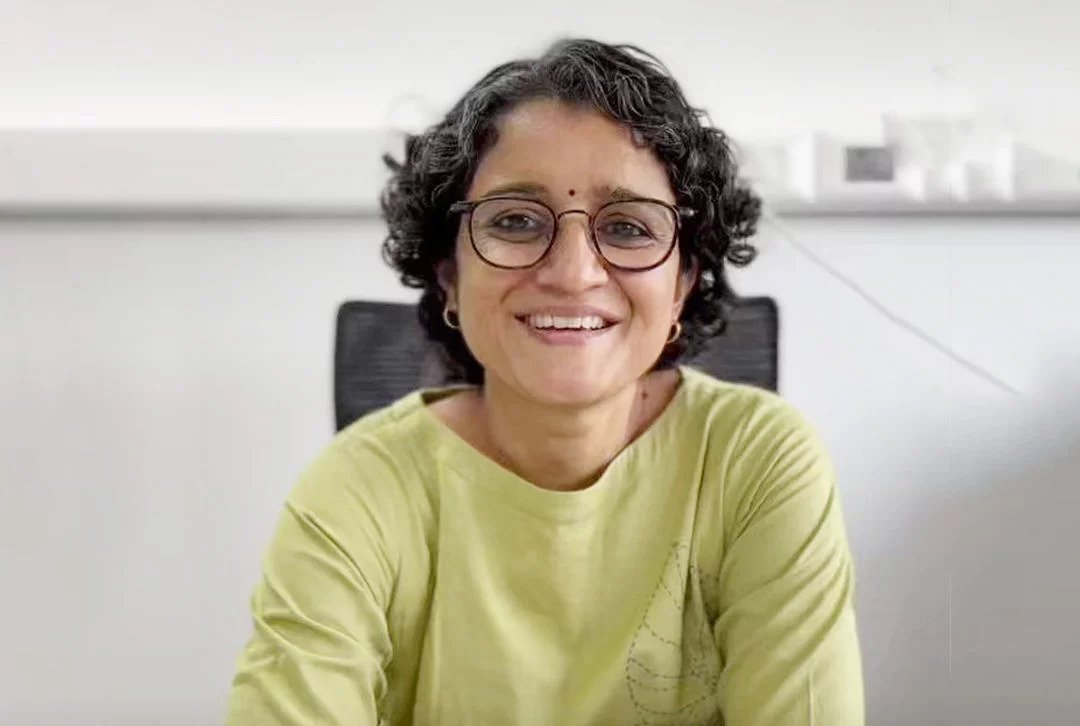
Preeti Aghalayam is the director of IIT Zanzibar.
Coming from a family of academicians, she was sure that she wanted to pursue academics as a career path. “I knew what I wanted to do ever since I was in Class 8 and it has been a fulfilling journey.” At IIT-M, she worked as a nodal officer within the campus division of the GATI (Gender Advancement for Transforming Institutions) program, whose primary objective is to recognize and rectify disparities while fostering greater opportunities for women within IIT campuses. Within few years of working at IIT-M, she was recognised as one of the 75 women in STEM for exceptional contribution to the scientific community.
Aiming to promote girls in STEM
However, Preeti is aware of the gender-skewed ratio at the IITs, and how women only form a minority at IITs. It took seven decades since the inception of the first IIT in Kharagpur in 1951 to appoint a woman as the head of the institute. “It is a fact that women have been a minority at IITs. Things have improved a bit in the past few years but the problem still exists and it is at all levels – both at students and faculty. We are about 12 per cent women faculty at IIT Madras. The problem is not about gender inclusivity on campuses but about the whole perception around technology institutions, ” she said in an interview.
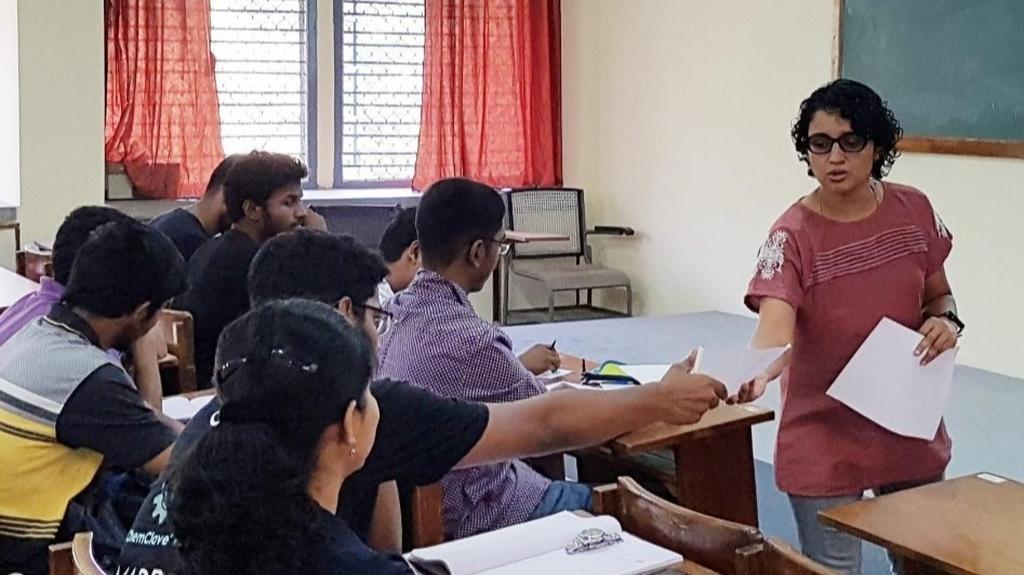
But this is the perception that Preeti is keen to change with IIT Zanzibar campus. “Every time we visited Zanzibar as part of the IIT Madras contingent, we noticed that the representation of women on their side is quite significant. So, it was important that we do this mindfully and our effort will also be to have gender balance in the new campus. There are no rigid norms around it right now but in the coming years, we will definitely work towards achieving it,” she added. Preeti understands the importance of women in STEM as she considers women equal to men in skill and intellect, and believes that exclusion of women leads to lost opportunities as a society. She believes the answer lies in holding the space for women – and asking them what they want in terms of opportunities and safe spaces. “Rather than waiting for women to participate, we need to create opportunities for them to speak, conduct surveys to understand roadblocks, reward women for achievements and proactively seek them out while hiring.”
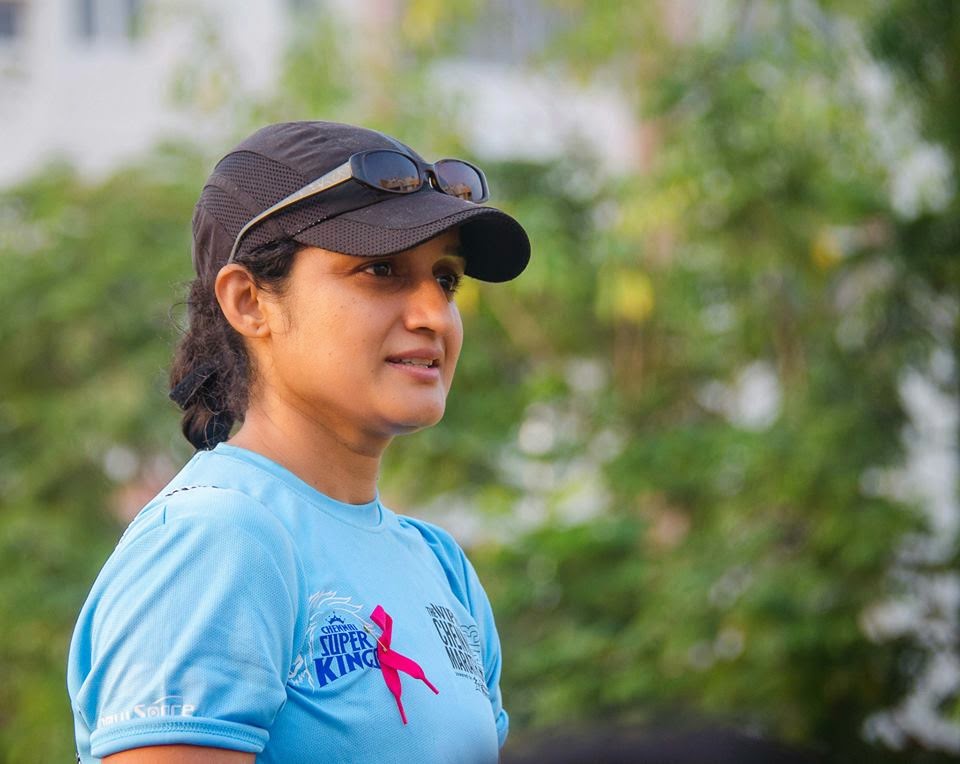
With IIT Zanzibar campus, Preeti is turning a new page, giving a taste of world-class education to the world. A marathon runner and a blogger, Preeti is currently juggling her life between Zanzibar and Chennai, where she lives with her husband who is head of a finance and investment firm.
- Follow Preeti Aghalayam on LinkedIn




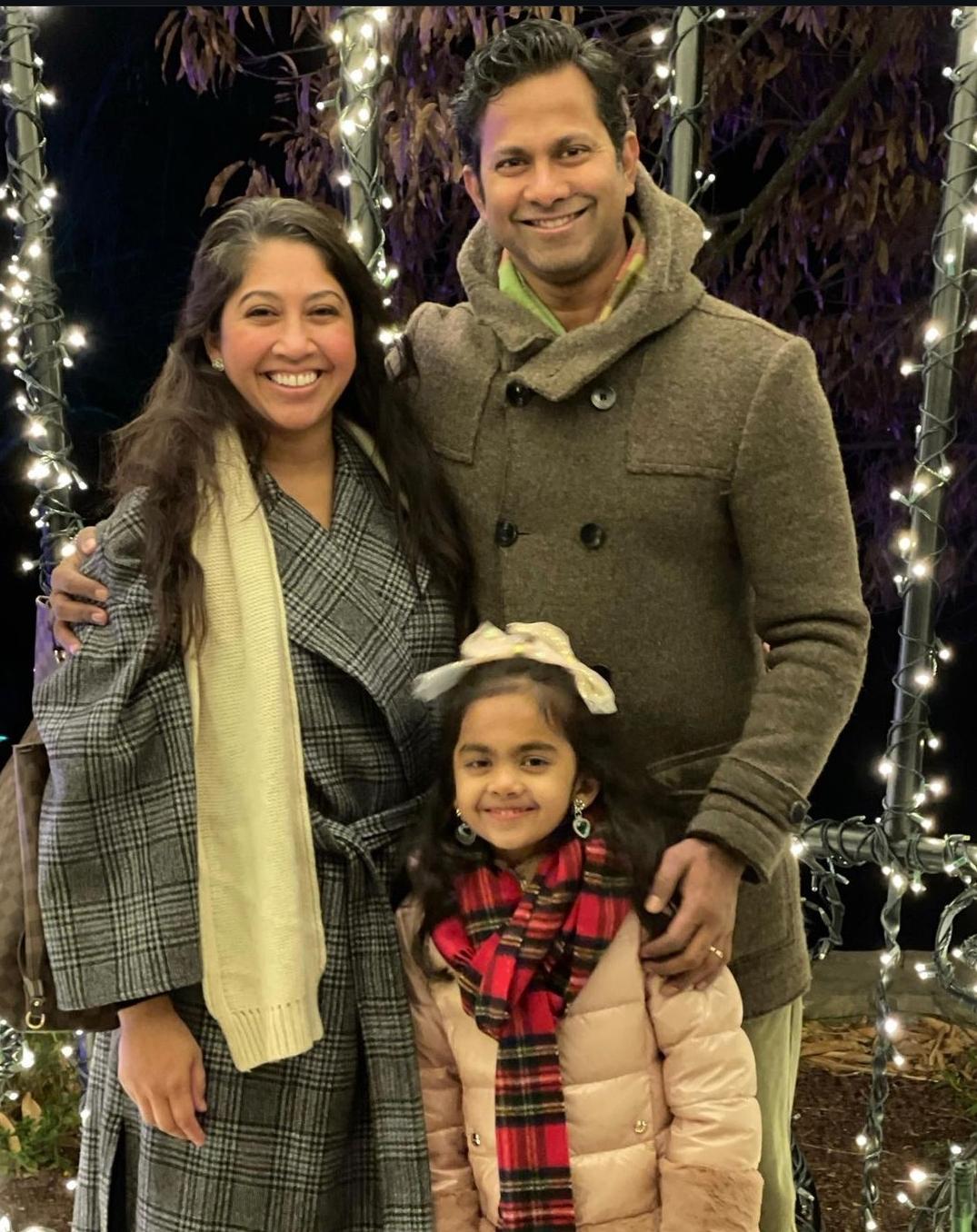 Balaji with his wife and daughter[/caption]
Balaji with his wife and daughter[/caption]
 Thailand's artists depicting the story of Ramayana[/caption]
Thailand's artists depicting the story of Ramayana[/caption] Artists of Cambodia depicting the story of Ramayana on stage[/caption]
Artists of Cambodia depicting the story of Ramayana on stage[/caption] Malaysia's artists depicting the story on stage[/caption]
Malaysia's artists depicting the story on stage[/caption] Phillipines' artists depicting the story of Ramayana on stage[/caption]
Phillipines' artists depicting the story of Ramayana on stage[/caption] This is considered to be the remnants of Ravana's Fort in Sri Lanka[/caption]
This is considered to be the remnants of Ravana's Fort in Sri Lanka[/caption]

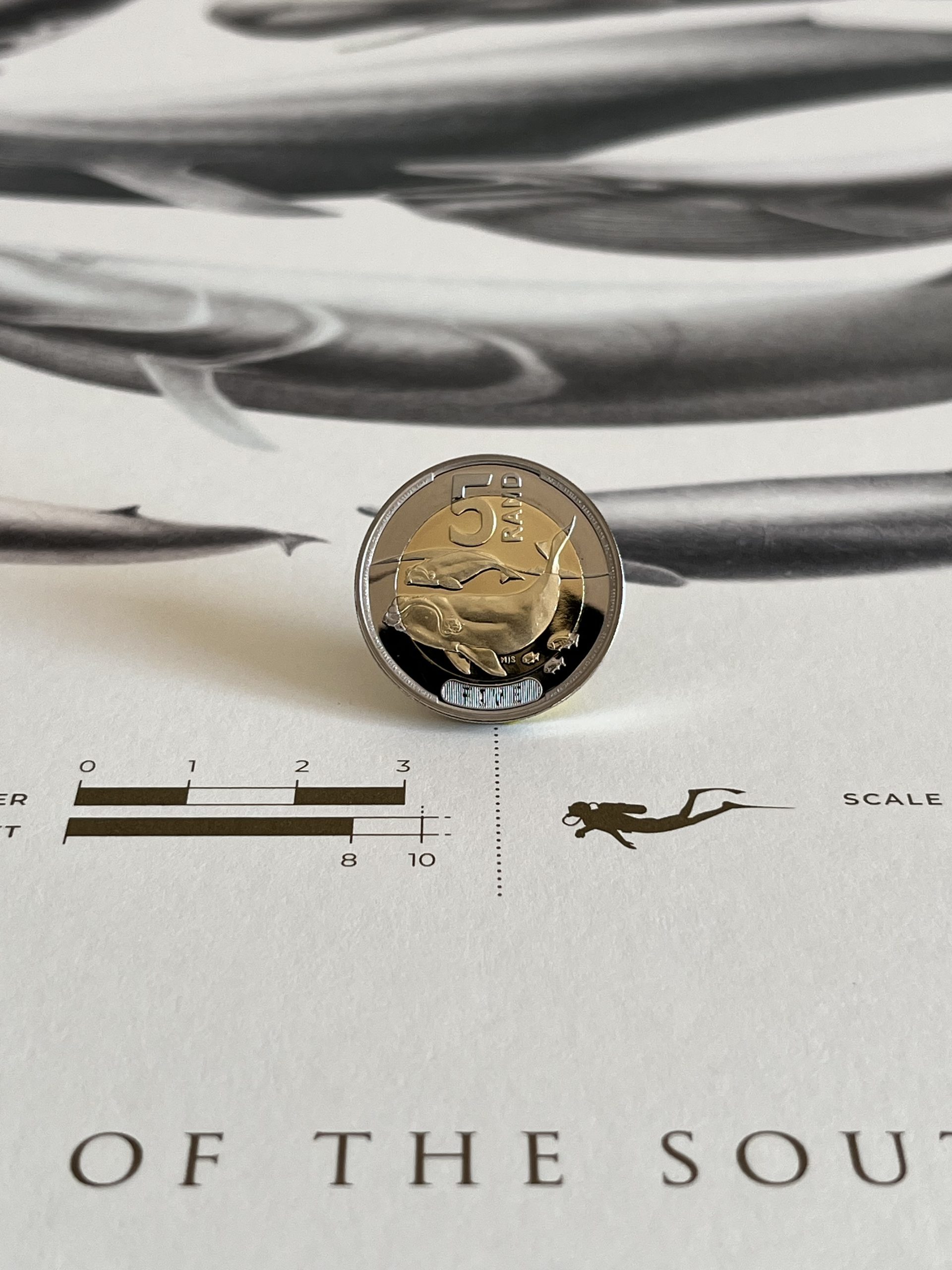 South Africa's new 5 rand coin[/caption]
South Africa's new 5 rand coin[/caption]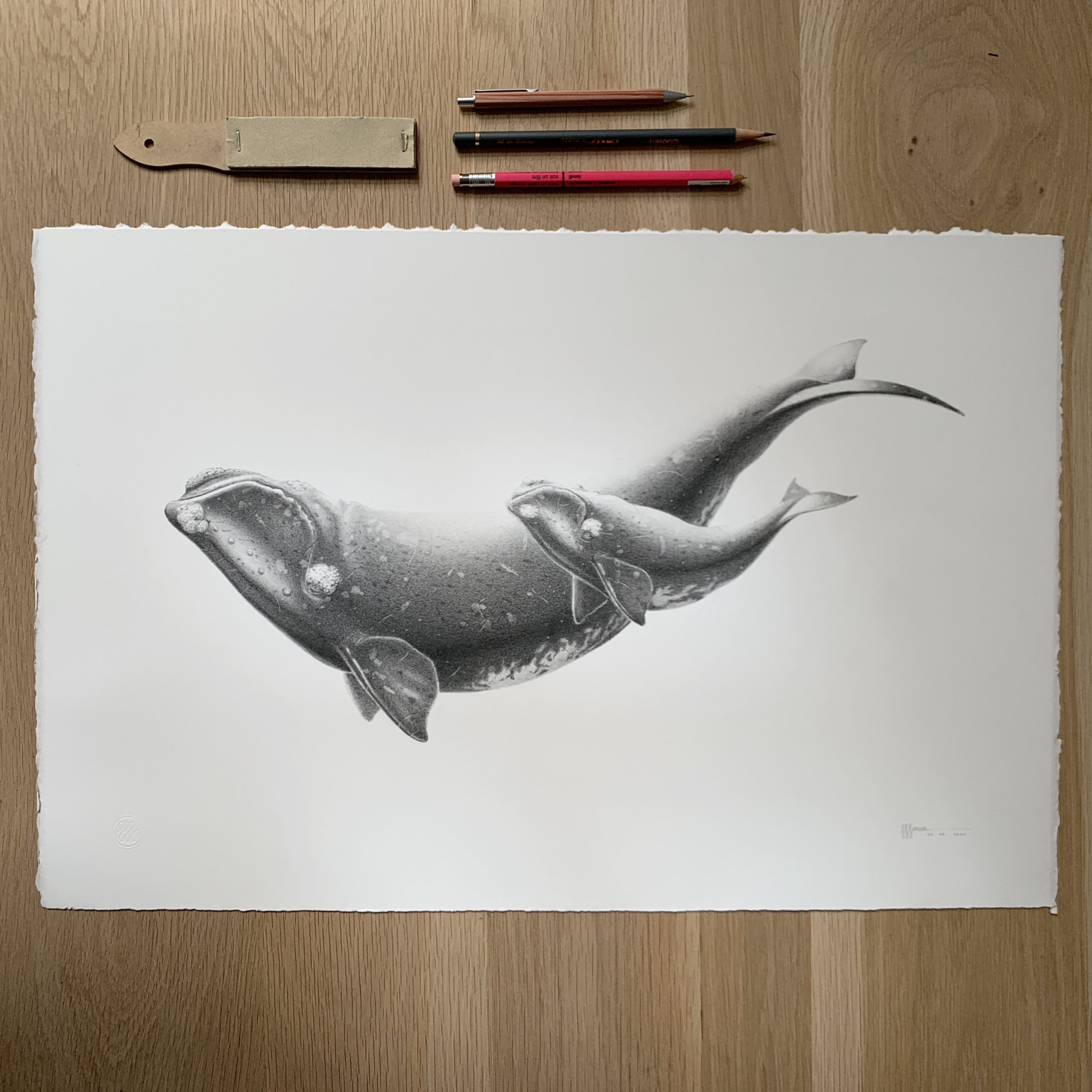
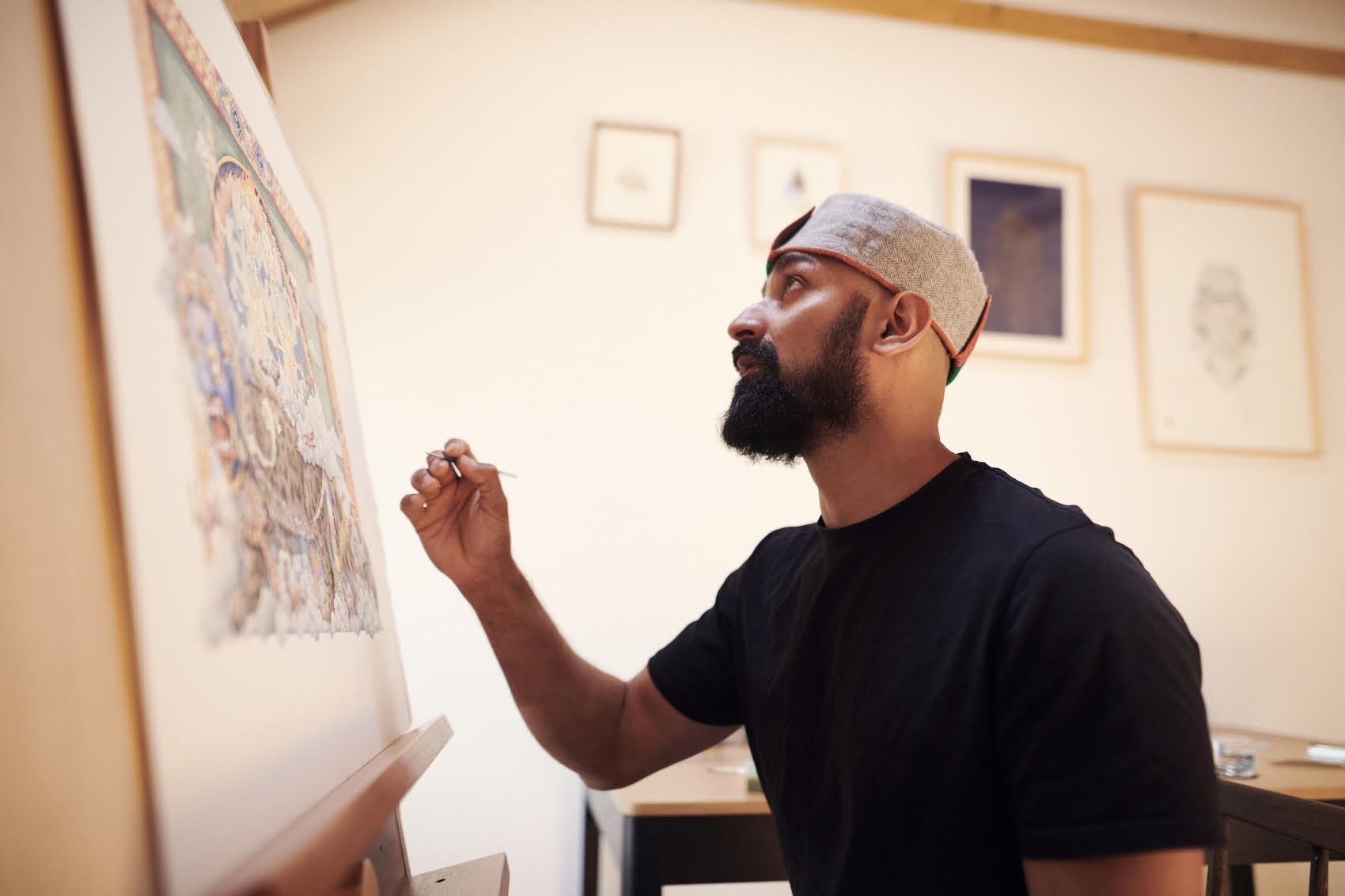

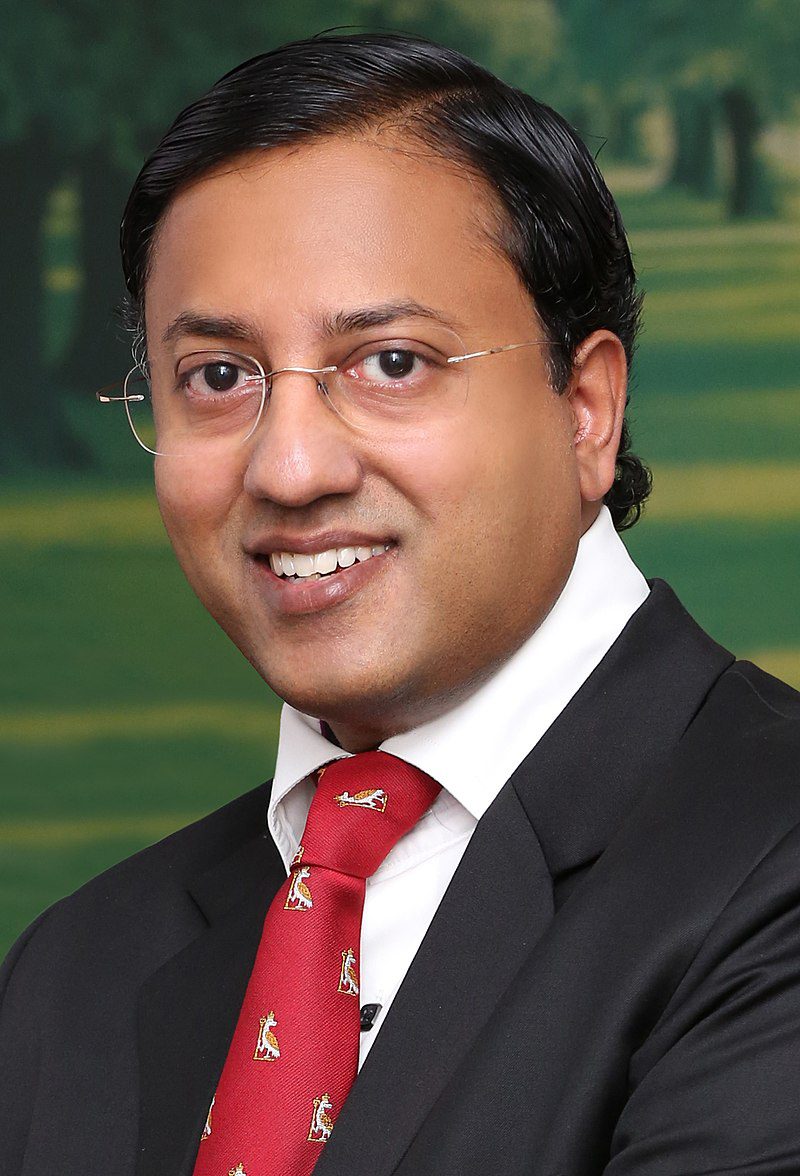 Dr Raghu Ram Pillarisetti[/caption]
Dr Raghu Ram Pillarisetti[/caption]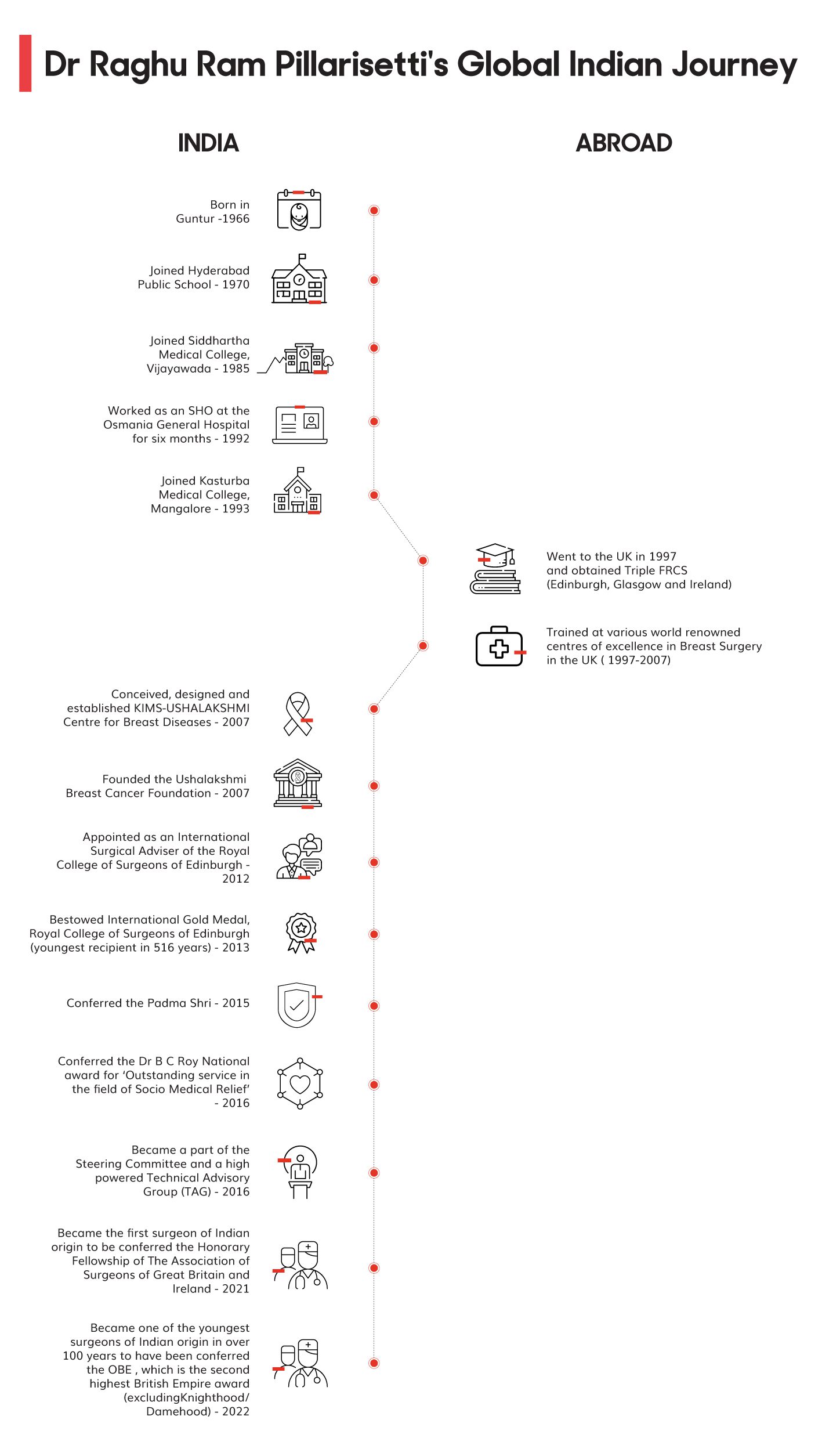
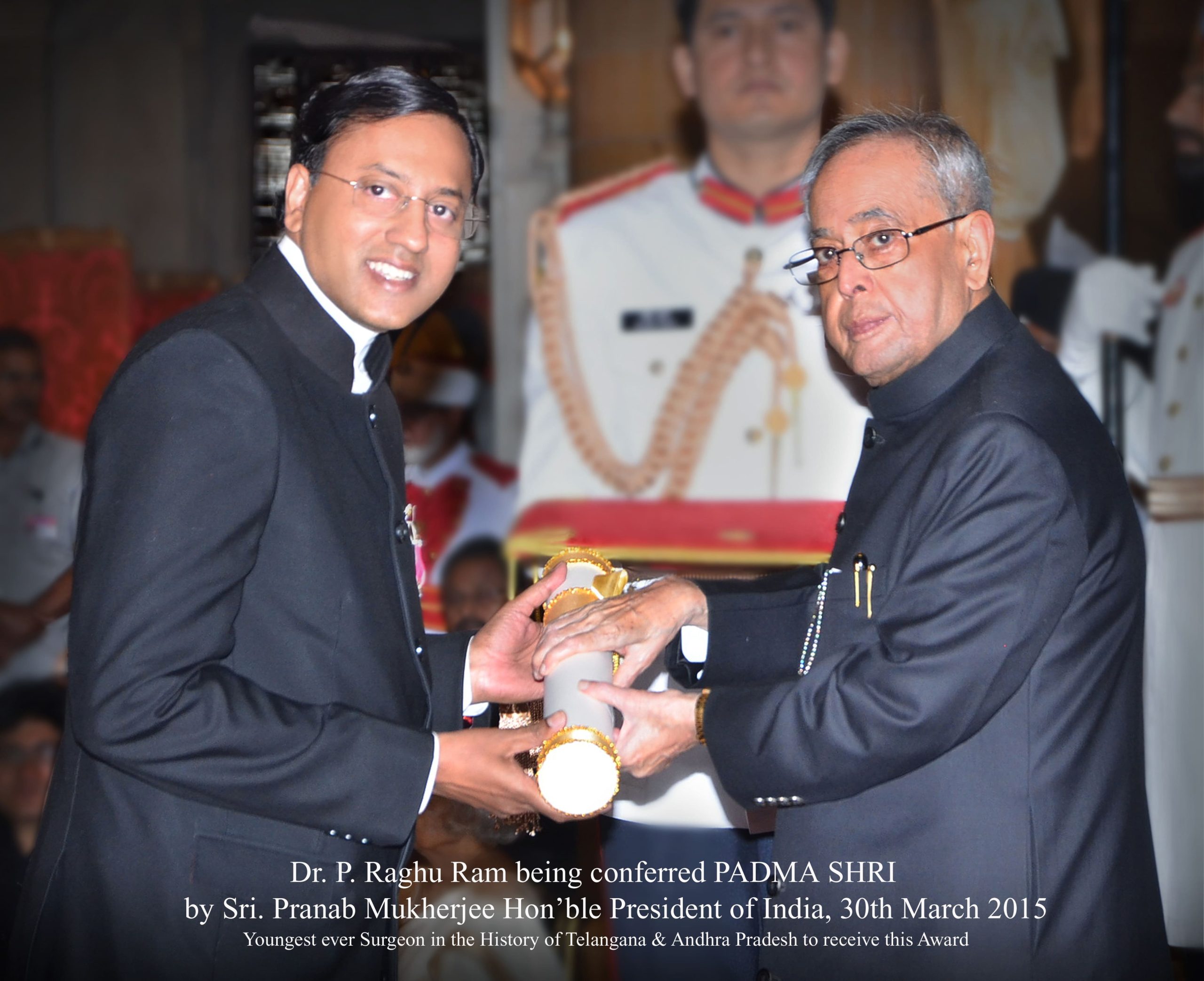
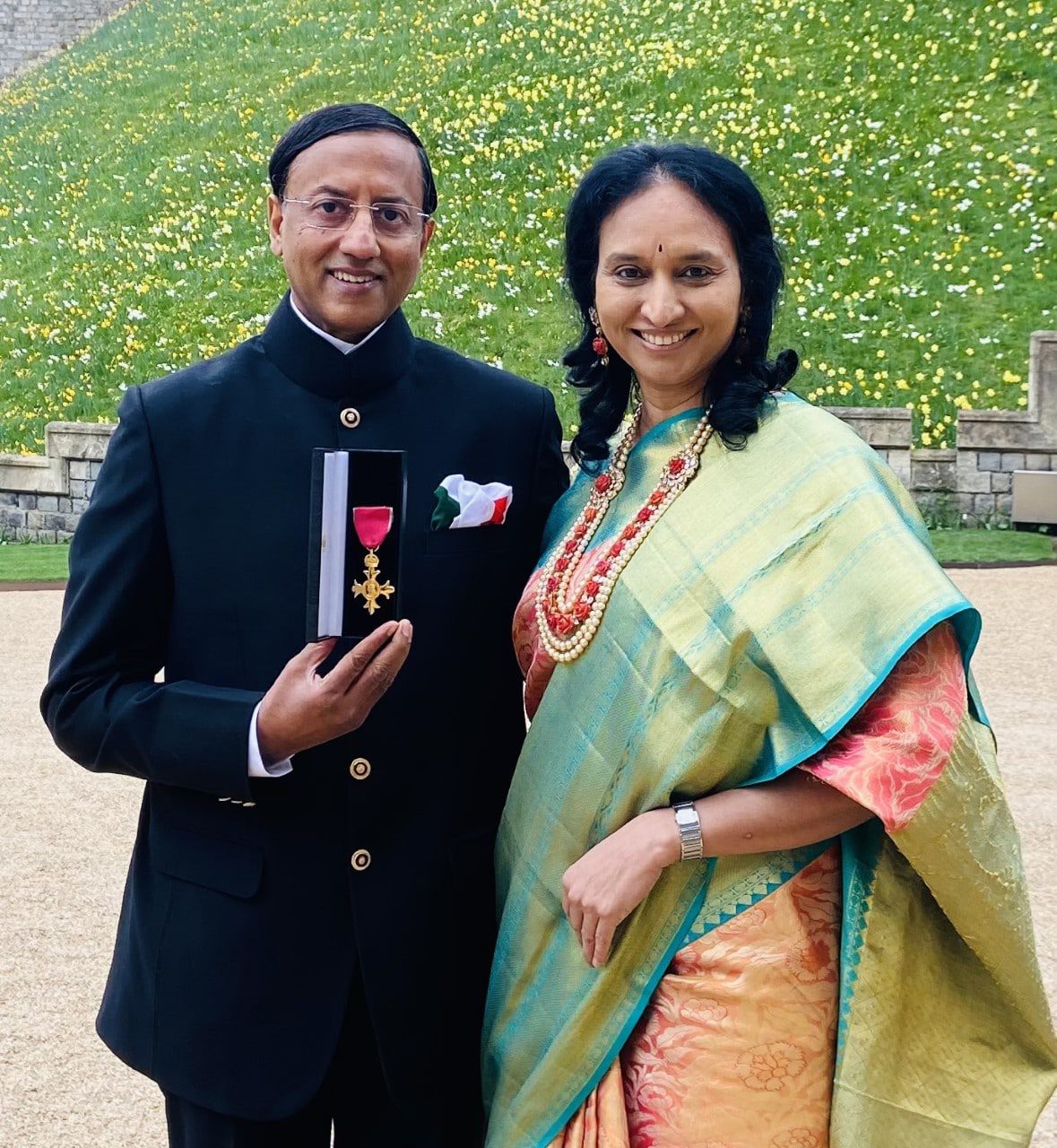 Dr Raghu Ram with his wife, Dr Vyjayanthi, after being appointed as an Officer of the Most Excellent Order of the British Empire[/caption]
Dr Raghu Ram with his wife, Dr Vyjayanthi, after being appointed as an Officer of the Most Excellent Order of the British Empire[/caption]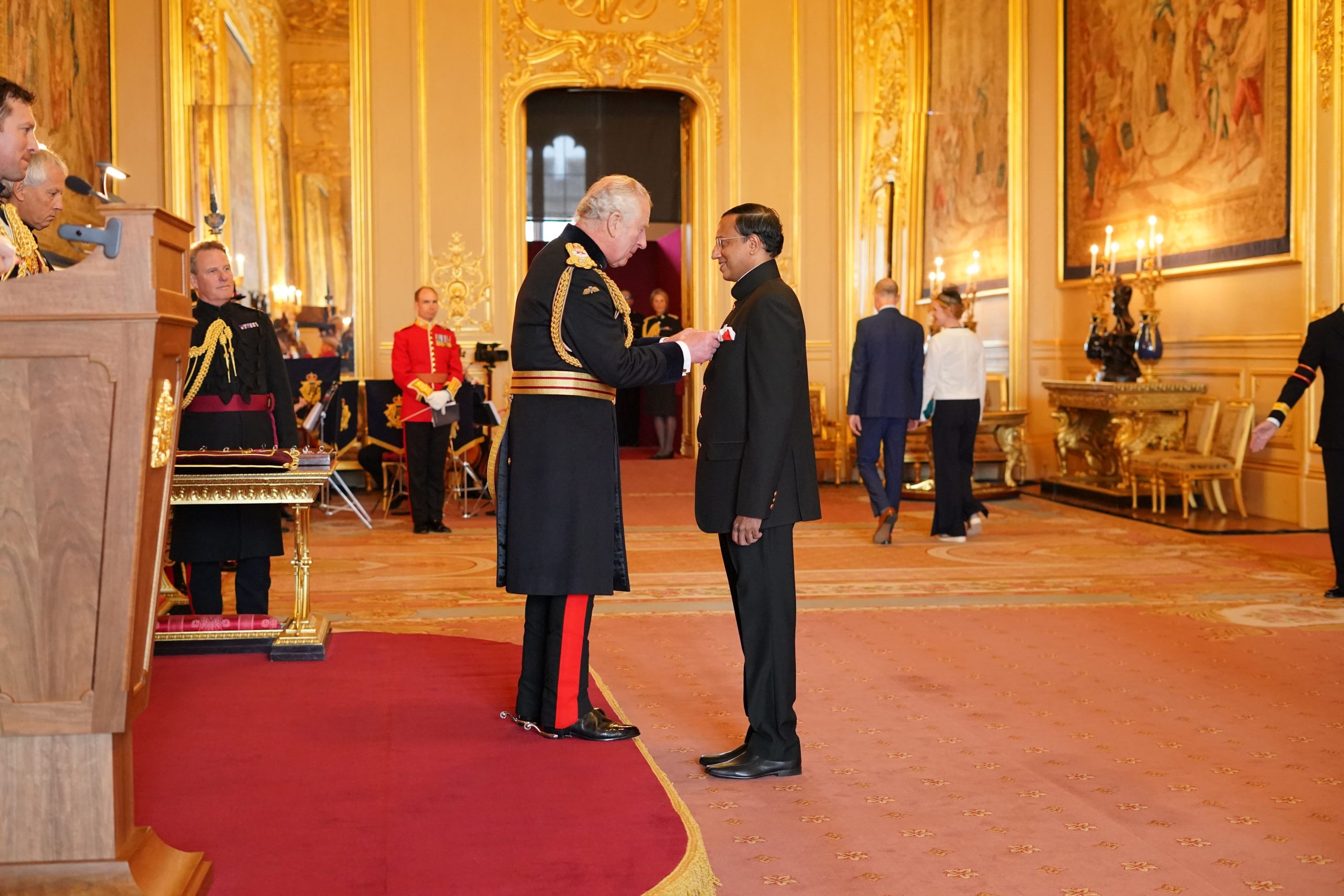 His Royal Highness Prince Charles, Prince of Wales, conferring the OBE to Dr Raghu Ram, at the Windsor Castle[/caption]
His Royal Highness Prince Charles, Prince of Wales, conferring the OBE to Dr Raghu Ram, at the Windsor Castle[/caption]